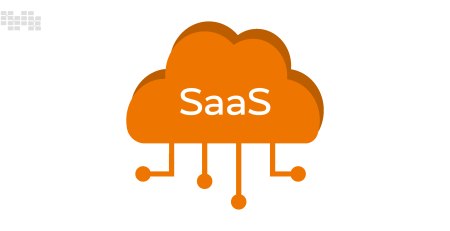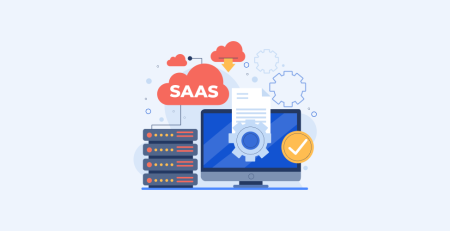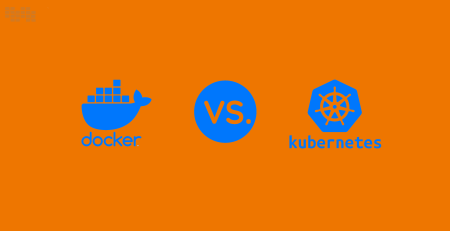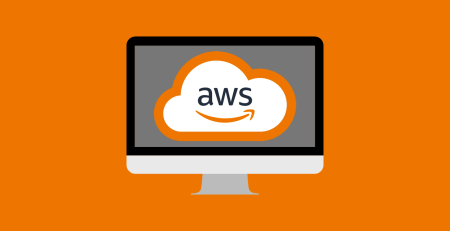Reasons Why DevOps & Cloud Are Better Together
A DevOps approach is the best way to maximize the benefits of cloud computing while minimizing costs. We explain why in this blog post.
Cloud & DevOps accelerates software delivery
According to a report by IT analyst firm Freeform Dynamics, using cloud or DevOps in isolation speeds up software delivery by slightly more than 50%. Using them together, however, results in an 81 percent acceleration.
According to the report’s authors, cloud changes the game for software delivery and operations, but DevOps is required to reap the full benefits:
“…done right, cloud can remove a lot of the barriers and friction…But you also need rapid and iterative software development and delivery processes, most notably DevOps supported by a commitment to cloud-based tools and services, in order to take full advantage of the benefits of cloud.”
When applications are moved to the cloud, it provides an excellent opportunity to modernize the hosting platform in order to take advantage of modern cloud services. DevOps approaches, for example, can be used to reduce the complexity and toil associated with maintenance by automating routine tasks. Furthermore, on-demand scalability can improve software delivery and deployment while reducing the costly over-provisioning that is common in on-premise environments. These enhancements, when combined, free up more time and energy for innovation and value-added work that improves customer satisfaction.
In short, developers spend more time developing, and operations staff can work strategically instead of dealing with extensive unplanned work, also known as “firefighting.” Many organizations struggle to meet their strategic objectives because their teams are too preoccupied with putting out fires. A DevOps approach to cloud migration, on the other hand, allows you to put out many of these fires once and for all.
Cloud & DevOps improves operability
Adding DevOps principles to cloud adoption provides a more seamless and focused path to operational maturity. This is especially important for businesses that have recently moved from start-up to scale-up status.
Adopting proven best practices can help to accelerate progress in this area. AWS and Azure’s Well-Architected Frameworks provide an excellent starting point. The five Well-Architected pillars – operational excellence, security, reliability, cost-optimization, and performance efficiency – provide a wealth of expert guidance on how to build and operate your cloud effectively. Conducting a Well-Architected Review can help shape DevOps-led process decisions and priorities. This allows you to redesign systems in a targeted and systematic manner, ‘baking in’ the operability that will support and accommodate future growth.
Cloud & DevOps lowers total cost of ownership
Cloud cost optimization is becoming a top priority for CTOs as cloud adoption continues to rise. DevOps can also help with this.
As previously stated, traditional on-premise server environments are typically over-provisioned in order to meet peak demand. Depending on your industry, traffic may spike once a year (for example, on Black Friday) or more frequently (e.g. weekend grocery shopping). It may also peak unexpectedly at other times due to unforeseen factors beyond your control.
The point is that you pay for this peak capacity 24 hours a day, seven days a week. Even if you turn off servers during off-peak hours to save energy, you still have to pay for rack space, network provisioning, and software licenses.
DevOps can turn this around by fully utilizing the rapid elasticity provided by cloud computing. By automating key components of provisioning, application deployment, and orchestration, you can use (and pay for) only the capacity you require, when you require it. This reduces waste and lowers total cost of ownership.
How do you combine cloud and DevOps?
DevOps principles can be incorporated from the start when developing a cloud-native application.
Existing applications, on the other hand, can be evolved to benefit from DevOps methods of operation.
This can occur during a cloud migration or following a lift and shift. It entails re-platforming, revising, or refactoring the application. It is about improving and modernizing the infrastructure without requiring major recoding or redesign. For many organizations, this is the simplest and quickest way to improve targeted performance in a new cloud environment.
Businesses that implement DevOps alongside cloud adoption, in our experience, do more than just save money and accelerate innovation. They also have happier and more motivated employees. Work makes people feel more fulfilled and energized. As a result, there is a willingness to change and grow, which drives continuous improvement and commercial advantage.













Leave a Reply